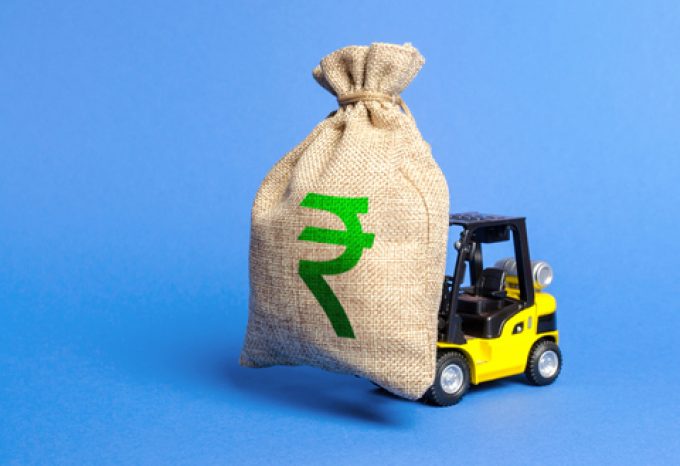Carrier anger as Nhava Sheva terminal operators hike tariffs
Ocean carriers operating out of India’s Nhava Sheva port (JNPT) have voiced serious concerns over ...

The government of India is eyeing a new policy to incentivise exporters seeking to sell in rupees instead of traditional US dollars.
The Reserve Bank of India (RBI), the country’s banking regulator, recently put in place an alternative mechanism for these transactions, in large part meant to reinvigorate Indian exports to Russia.
This market has cooled after western sanctions were imposed on Moscow, while Indian imports from Russia – mainly led by crude oil – have seen a five-fold spike.
As part of ...
Volcanic disruption at Anchorage could hit transpacific airfreight operations
Shippers snap up airfreight capacity to US ahead of tariff deadline
Forwarders stay cool as US 'liberation day' tariffs threaten 'global trade war'
New price hikes may slow ocean spot rate slide – but for how long?
Tighter EU import requirements proving 'a challenge' for forwarders
Supply chain delays expected after earthquake hits Myanmar
Looming Trump tariffs will create 'a bureaucratic monster' for Customs

Comment on this article